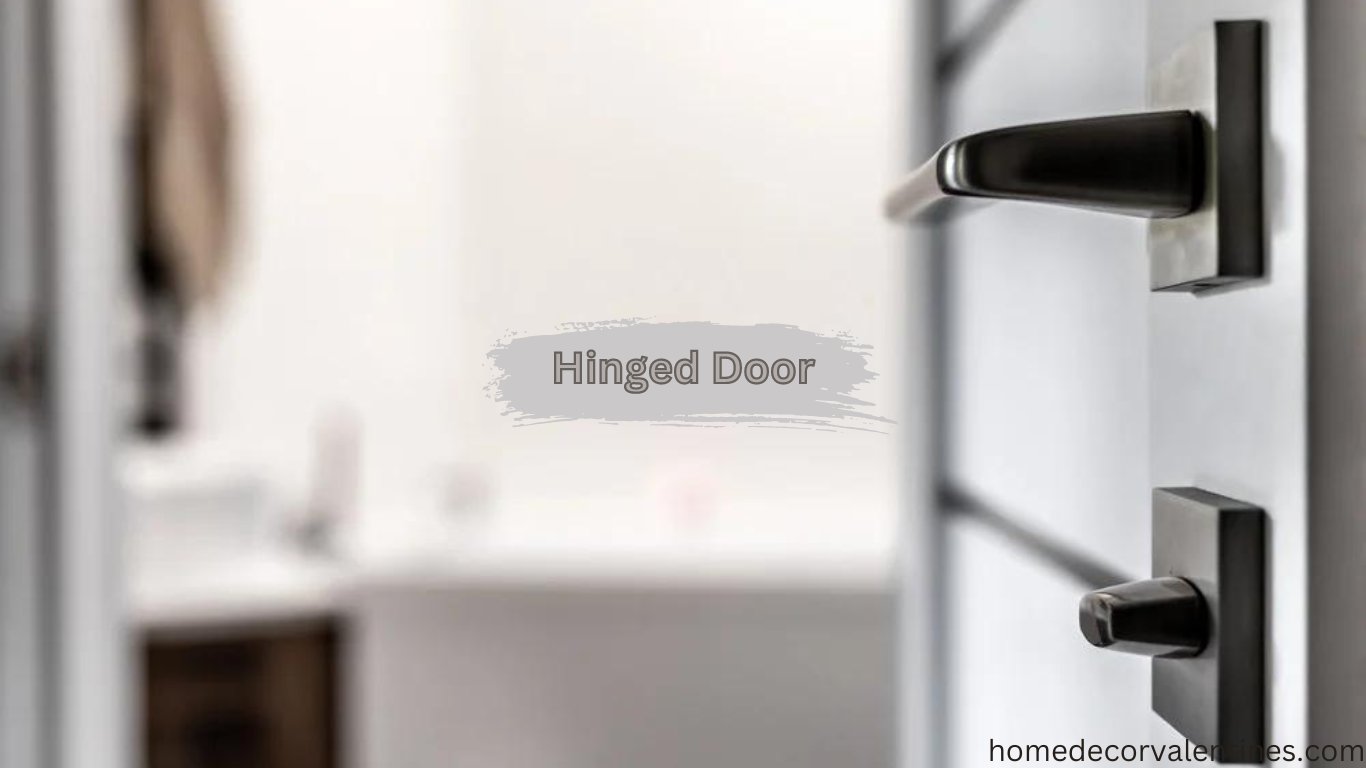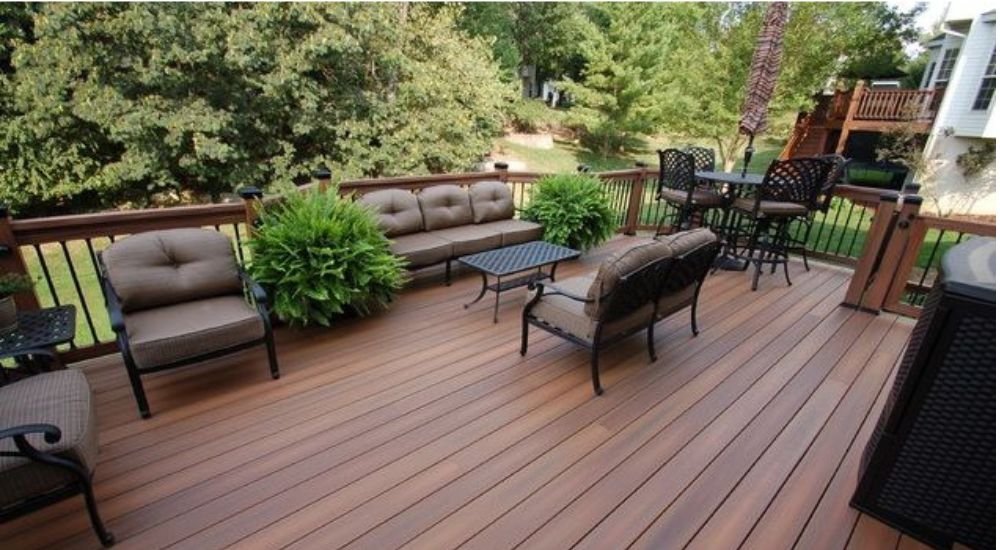Hinged Door: Where Function Meets Aesthetic Brilliance
The variety of doors available for your home or office can be overwhelming. However, hinged doors remain a popular choice due to their blend of functionality and style. They have been around for centuries, serving as a reliable barrier and a statement piece in architecture.
History of Hinged Doors
Hinged doors have a rich history that dates back to ancient civilizations. The concept of a door attached to hinges was a significant advancement from earlier door designs, allowing for smoother operation and better security. From the grand wooden doors of medieval castles to the intricate designs of Renaissance homes, these doors have evolved in function and form.
Types of Hinged Doors
Not all hinged doors are created equal. Let’s explore the different types:
Single
Single-hinged doors are the most common type. They consist of a single door panel attached to the door frame with hinges on one side. They are versatile and can be used in various settings.
Double
Double-hinged doors, also known as French doors, feature two door panels that swing open from the center. They often create an elegant transition between rooms or open spaces to the outdoors.
Concealed
Concealed hinged doors have hidden hinges, offering a sleek and modern look. These doors are perfect for minimalist designs where visible hardware might disrupt the aesthetic.
Materials Used in Hinged Doors
The material of a hinged door significantly impacts its durability, appearance, and functionality. Here are some common materials used:
Wood
Wood is a classic choice, known for its warmth and natural beauty. It can be crafted into various styles and finishes, making it suitable for traditional and contemporary designs.
Metal
Metal doors, often made from steel or aluminum, are prized for their strength and security. They are commonly used in commercial and industrial settings but can also be styled for residential use.
Glass
Typically framed with wood or metal, glass doors add a modern touch and allow natural light to flow between spaces. They are famous for interior use in offices and living areas.
Composite Materials
Composite doors combine wood, PVC, and fiberglass to offer enhanced durability and weather resistance. Due to their resilience and low maintenance needs, they are an excellent choice for exterior doors.
Design and Aesthetics
The design of a hinged door can transform the look of a space. Here are some design options:
Traditional Designs
Traditional hinged doors often feature intricate carvings and rich finishes. They bring a sense of history and elegance to any space.
Modern Designs
Modern hinged doors emphasize simplicity and clean lines. They often use glass and metal to create a sleek, contemporary look.
Custom Designs
Custom-designed hingad doors offer endless possibilities for those looking to make a statement. Custom doors can reflect your style, from unique shapes to personalized engravings.
Functional Benefits of Hinged Doors
Beyond aesthetics, these doors offer several functional benefits:
Durability
Hinged doors are known for their long-lasting nature. Made from high-quality materials, they can withstand years of use without significant wear and tear.
Security
Security is a paramount concern, and hingad doors deliver. Their robust construction and the ability to incorporate advanced locking mechanisms make them a secure option for any space.
Ease of Installation and Maintenance
Hinged doors are relatively easy to install and maintain. Regular checks and simple maintenance tasks like tightening screws and oiling hinges keep them functioning smoothly.
Applications of Hinged Doors
These doors are versatile and can be used in various settings:
Residential Spaces
Hingad doors are used in homes for everything from entry doors to bedroom and bathroom doors. Their design flexibility makes them suitable for any room.
Commercial Spaces
Hinges are used in commercial settings, such as offices, shops, and public buildings. They offer a professional appearance and can be customized to meet specific business needs.
Industrial Spaces
Doors provide the necessary durability and security in industrial environments. They are used in warehouses, factories, and other heavy-duty applications.
Choosing the Right-Hinged Door for Your Space
Selecting the perfect hinged Door involves several considerations:
Assessing Your Needs
Start by determining what you need from a door. Is it primarily for security, aesthetic appeal, or both? Understanding your priorities will guide your choice.
Considering Your Budget
This type of Door comes in at a wide range of prices. Setting a budget early helps narrow your options and ensures you don’t overspend.
Hiring a Professional vs. DIY
Decide whether to hire a professional for installation or to take on the project yourself. While DIY can save money, professional installation guarantees a perfect fit and finish.
Conclusion
These Doors offer a beautiful blend of functionality and style, making them a timeless choice for any space. Whether you’re looking for durability, security, or aesthetic appeal, there’s a hinged door to meet your needs. By understanding the different types, materials, and design options, you can make an informed decision that enhances your space’s look and function.
Read more interesting Topic
- Dealing with a Flooded Bathroom Tips and Tricks
- Roofing 101 Understanding the Common best Roof parts names
If you gained new insights from this article, explore our blog, Gimkit, for more enlightening content.














Post Comment